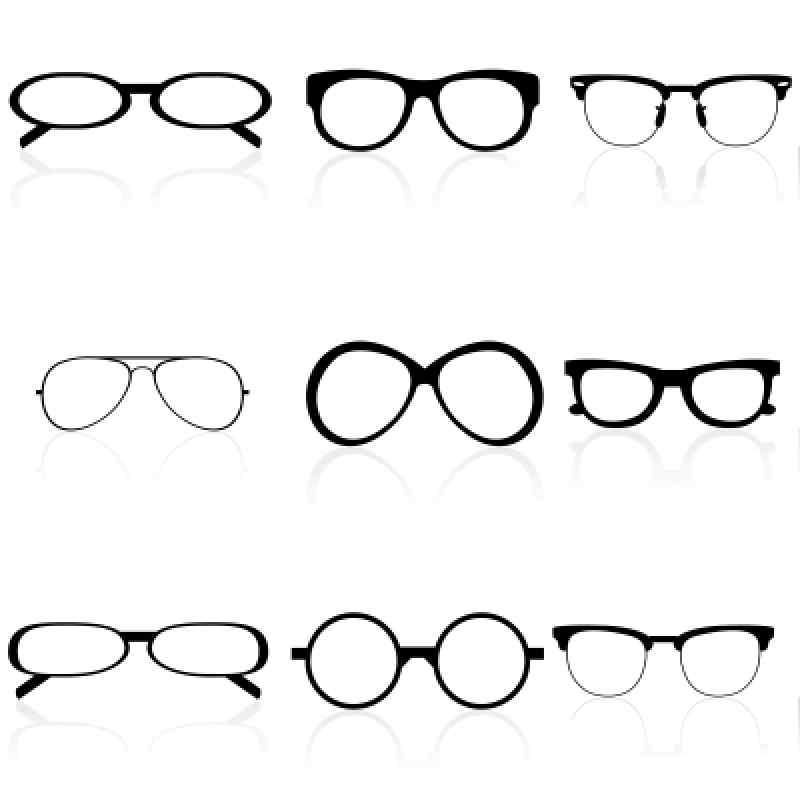Submitted by administrator on
Many of us fancy a new start in the new year. Theres something about a change of date that brings with it the urge to decorate or move house or change hair style. If you are a contact lens wearer you may fancy a change to glasses or you may have already had a New Years health check and been given a prescription for some. There are thousands if fashion frames to suit all face types and a change in frame can provide the change in look you may be after. Year on year we see technological advances. In the past most lenses were made of glass but these days the majority are made of high tech plastics, making them safer, lighter and treatable with filters to help banish UV damage. Here are some of the more up to date lens types that can be offered. Polycarbonate lenses. Impact-resistant so fantastic if another of your New Years resolutions is to play more sport. A great choice for children's glasses. UV protection added too. Trivex lenses. Plastic lenses with similar characteristics of polycarbonate lenses. They are light, thin and impact-resistant and can sometimes result in better vision correction in some people over polycarbonate lenses. High-index Better for strong prescriptions, these lenses are lighter and thinner than the standard thick lenses that may otherwise be needed. Aspheric lenses. These lenses are spherical in shape made up of differing degrees of curvature over the surface, allowing them to be thinner and flatter than other lenses. This also creates a lens with a much larger usable portion than the standard lens. Photochromic lenses. Can be glass or plastic, they change from clear to tinted when exposed to sunlight eliminating the need for prescription sunnies as well as corrective glasses. Polarised sunglasses. Polarised lenses reduce glare from water or snow and are useful for sport and driving. These lenses may cause the liquid crystal displays on the dashboard of cars to appear invisible. The shape of the lens will be determined by the sort of vision problem detected. For example, a lens that is concave, or curves inward, is used to correct short-sightedness. A convex lens, is used to correct long-sightedness. To correct astigmatism, which is caused by distortions in the shape of the cornea, a cylinder shaped lens is frequently used. Your optician should be able to best prescribe you the glasses suitable to your correction needs and lifestyle.

